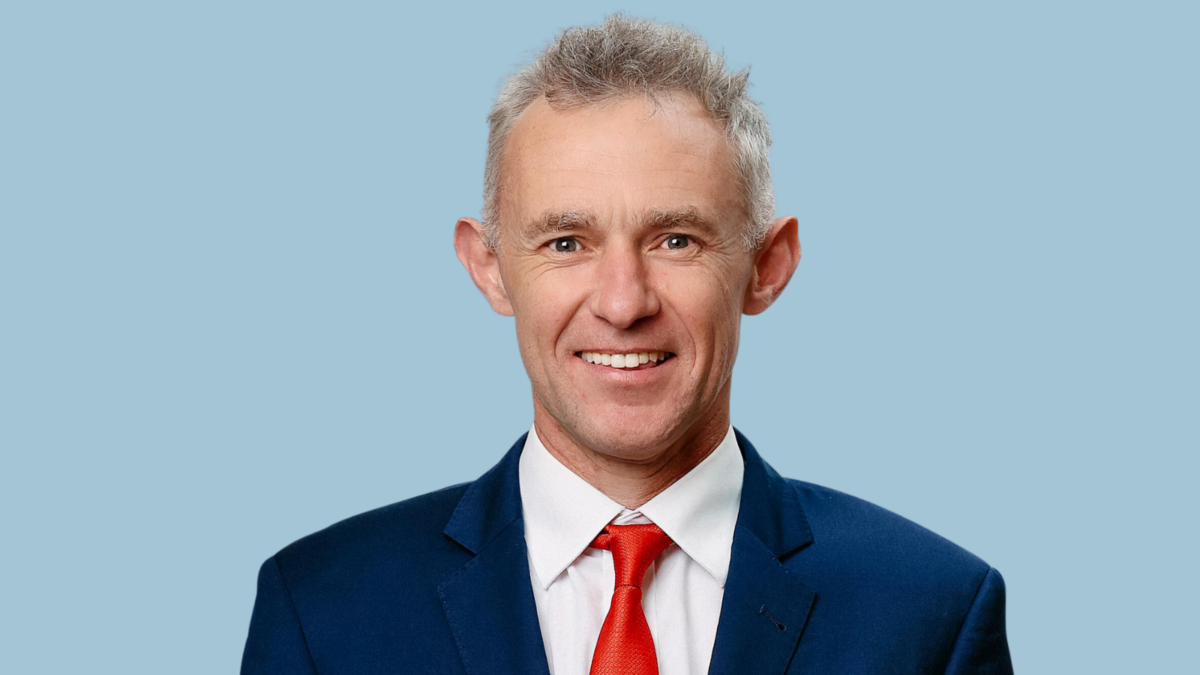Alternatives a ‘hard balance to strike’ as ART manages its massive size
From the outside, ART, Australia’s second-largest super fund, doesn’t look all that different from AustralianSuper, the largest. But ART head of investment strategy Andrew Fisher (pictured) said that while AustralianSuper is an “incredibly successful, well-run fund” from which his own doesn’t diverge much in terms of investment strategy, ART is probably more diversified in alternatives.
“We seek to get relatively equal portfolio weights to property, infrastructure, private equity and private debt,” Fisher told financial advisers and media on Thursday (March 30). “If you looked into AustralianSuper’s portfolio you’d see more infrastructure, property and less private equity and private debt. Admittedly, private equity and private debt are hard to do – a lot of energy and effort needs to go into doing that.”
“In 2020-21 private equity outperformed all assets anywhere in the market, and you don’t know when that year is going to come – you have to invest for the long-term to get that. That’s a relatively nuanced difference. The other big difference is that they have much more internal management – less on the alternatives side and more on the listed side – that’s not something we’ve sought to pursue, and I think that’s one of our competitive advantages.”
Questioned on whether its heavily diversified approach to alternatives – which sees the fund invest hundreds of millions rather than billions into individual assets – can truly move the metre on returns, Fisher said that there were “two possible approaches to take”.
“There are two possible approaches we can take; large meaningful investments in the portfolio, or doing an awful lot of hard work to diversify those investments as much as we can. There’s a balance there, which we challenge ourselves on internally – are we overdiversified in these unlisted portfolios? Is it the most efficient use of the team’s time to manage and invest in so many assets? It’s a hard balance to strike in a fast-growing fund.”
“Not so much the scale as the speed of growth makes that goal challenging. The meaningful investment in your portfolio today that’s at the edge of where you’re comfortable is a small investment five years forward. So you have to work really hard to find lots of good investments… The diversification has really helped: I don’t think you’re going to read about ART losing one or two per cent of the fund in a single investment.”
Private market valuations dominated the conversation on Thursday, with ART keen to stress that valuations were both fair and accurate in an environment where public markets have fallen sharply but private assets haven’t followed them lower, or as low. While ART gets monthly valuations for a large chunk of the portfolio, most valuations are quarterly – and that’s a “quite a long timeline” before you’re getting new information.
“We pay a lot of attention to information coming from the market that’s not in the existing NAVs and have a framework and oversight process to update those on an out of cycle basis to make sure the valuations reflect all information to preserve member equity,” said Elizabeth Kumaru, ART head oof private corporate assets.
“We have independent valuations and we get them from external managers, but there are instances where we’ll overlay that and put prices down where we believe there’s been a significant event – like in June (2022) where there was significant volatility. It’s very reasonable to expect that private markets had not been adjusted to the new information that had triggered the sell-off.”
“Transaction volumes (in private equity) have slowed considerably and that’s because there’s a mismatch between seller expectations and what buyers are prepared to offer. We’re still continuing to see transaction volume in healthcare and enterprise software, where there’s confidence that your earnings are going to be relatively stable. But where there’s uncertainty around go-forward earnings, there’s a mismatch.”











